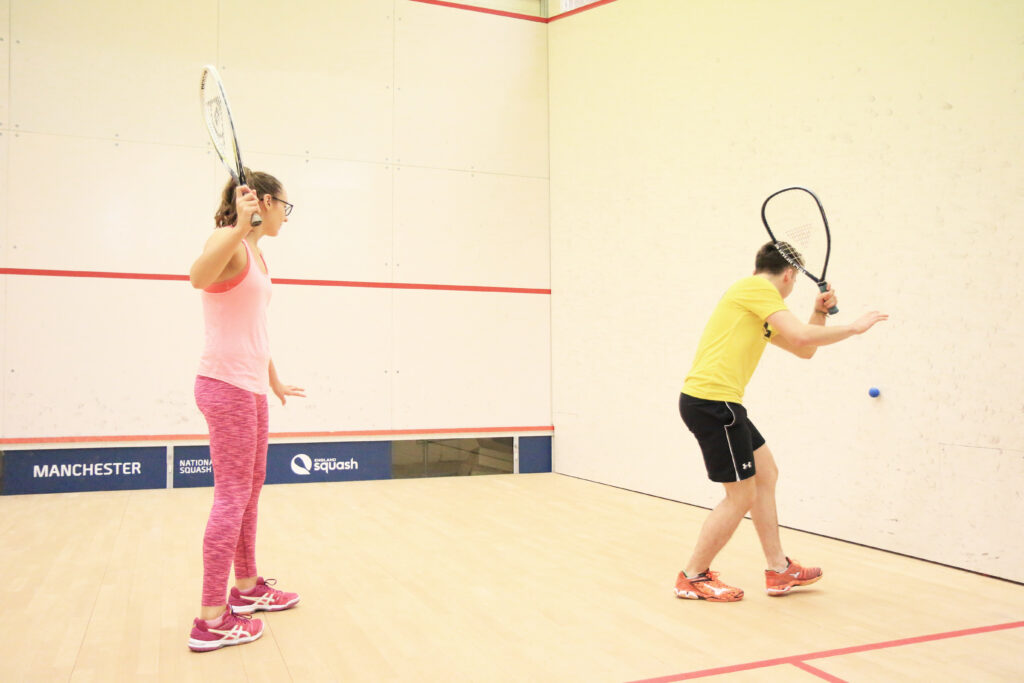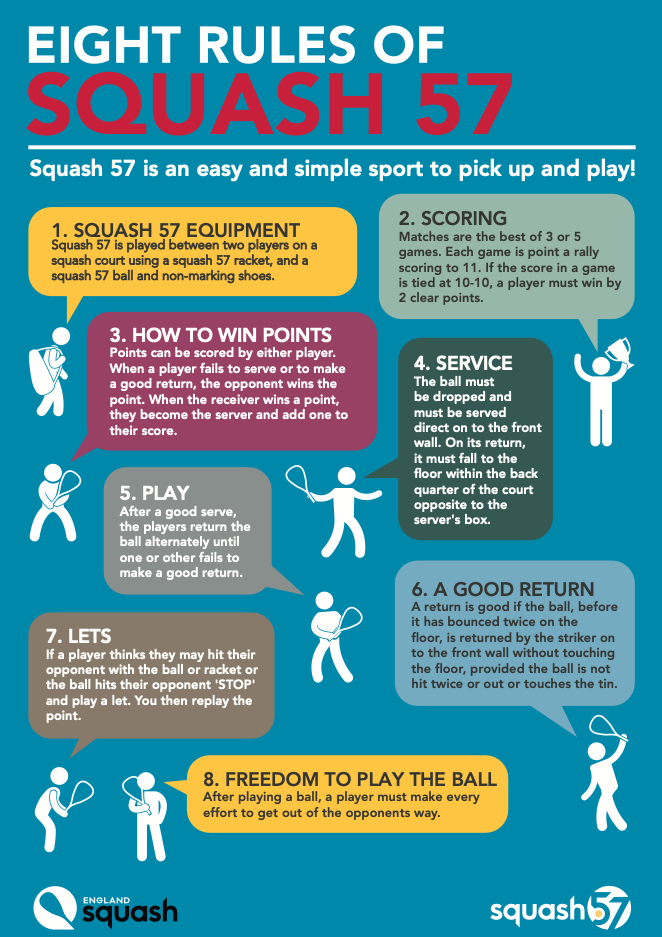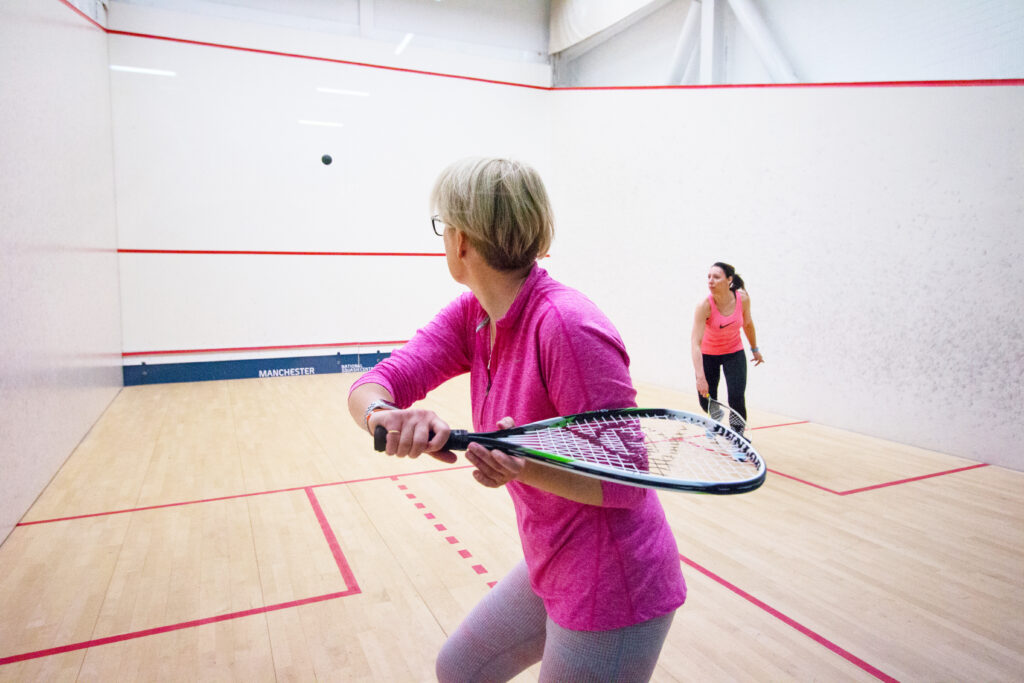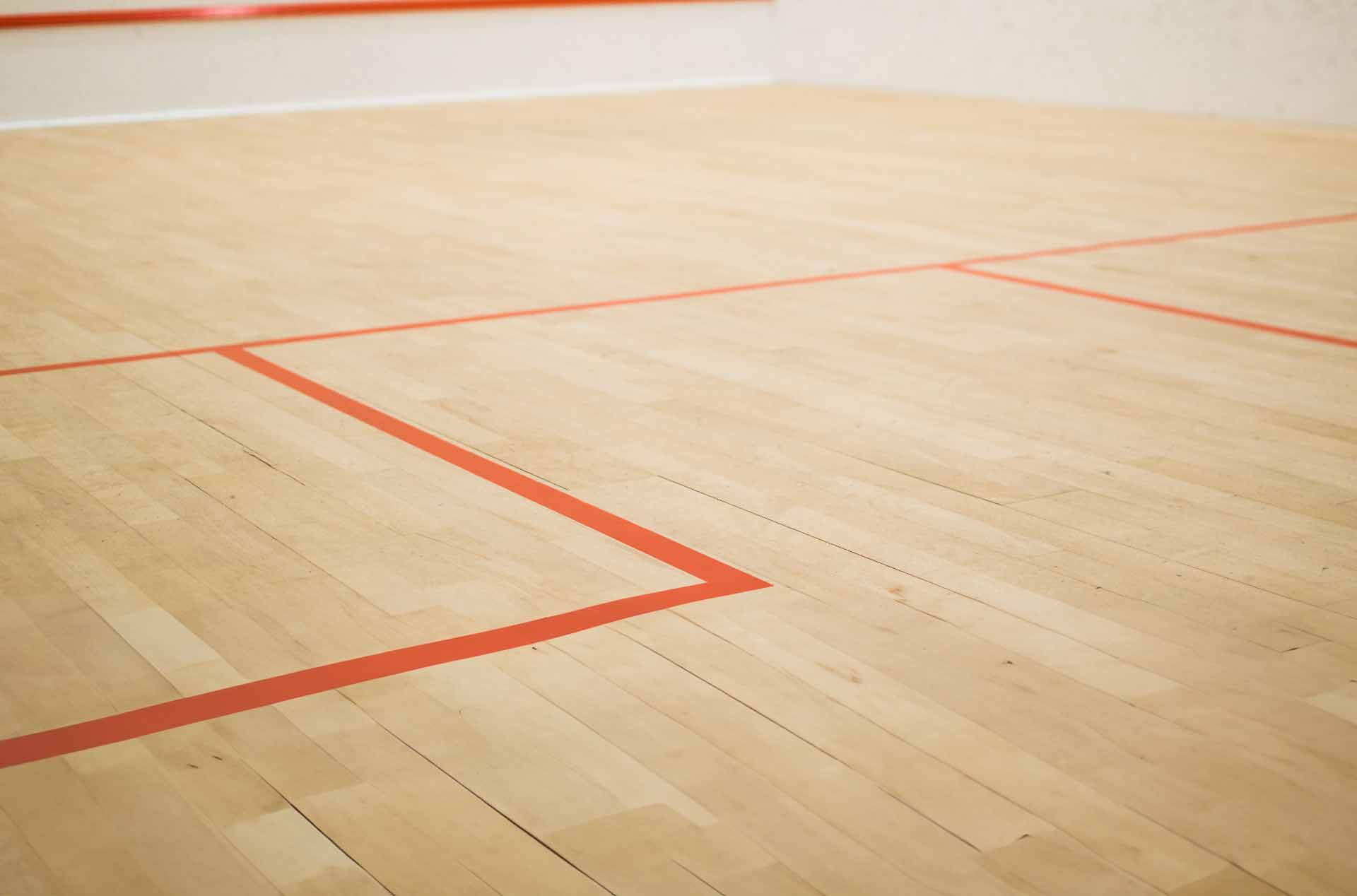Your cart is currently empty!
Reading Time:
What is Squash57?

Squash57, also known as Racketball which, confusingly, is not the same sport as Racquetball (see racketball vs racquetball).
Squash57 is a variation of the game of squash that is played with a racquet that has a larger head and a bigger, bouncier ball. The game is played on the same court as squash, but with different rules and equipment.
The ball used in Squash57 is similar in size to a racquetball, but is softer and less bouncy. The larger ball size helps to slow down the game and make it easier for players to hit the ball, making Squash57 a popular choice for beginners and players who enjoy a more casual playing experience.

The name “squash57” was introduced in 2016 by England Squash, the governing body for squash in England, as part of a rebranding effort aimed at making the game more accessible and appealing to a wider audience. The new name is influenced by the size of the ball (57mm) and was chosen to emphasize the differences between squash57 and traditional squash, while still maintaining a connection to the original game.
The rules of squash57 are similar to those of squash, with a few notable differences. For example, in squash57, a player can score a point if their opponent hits the ball out of bounds. Also, the ball is allowed to bounce twice before a player must return it, whereas in squash, the ball is only allowed to bounce once.

The game of squash57 is great for people who have never played a racquet sport before or for people who want to protect their joints. Coaches have even recommended Squash57 to help their squash game.
Overall, Squash57 is a fun and exciting variation of squash that is played by people of all ages and skill levels.
What kind of court is squash57 played on?

Squash57 is played on a standard squash court, which is typically made of smooth, hard-wearing plastered walls and a wooden floor. The court dimensions for squash57 are the same as those for squash, which are 9.75 meters long by 6.4 meters wide.
The court is divided into two halves by a center line, and there is a service line and a back wall line at the front and back of the court, respectively. The front wall of the court is marked with a tin, which is a metal strip that runs along the bottom of the wall and marks the out-of-bounds area.
The court also has several other lines and markings that are used to indicate various parts of the court and to help players make accurate shots. For example, there is a service box, which is a rectangular area on the front wall that players must hit the ball into when serving.
Overall, the squash57 court is designed to provide a challenging and exciting playing experience, with plenty of opportunities for players to use their skills and tactics to outmaneuver their opponents.
by
Tags:
